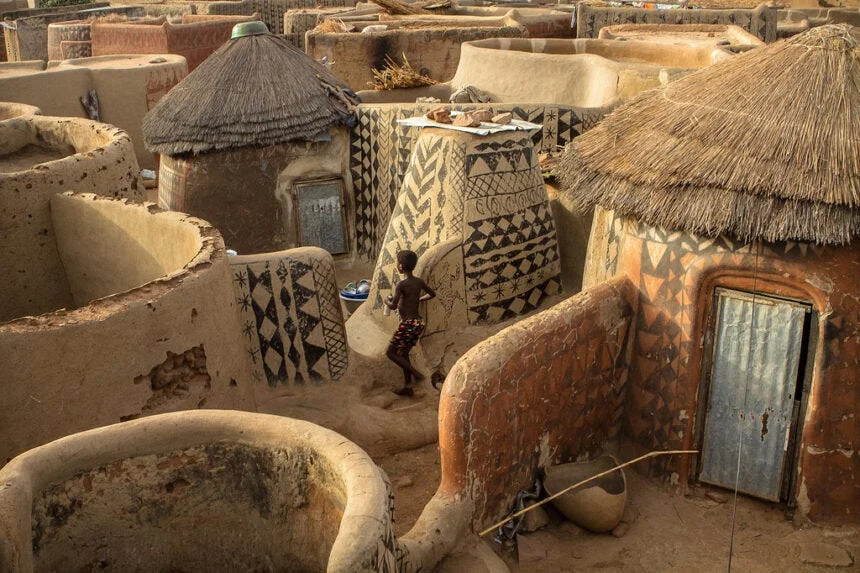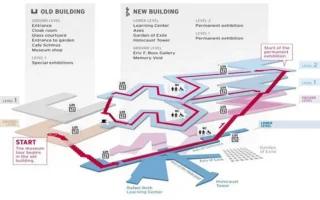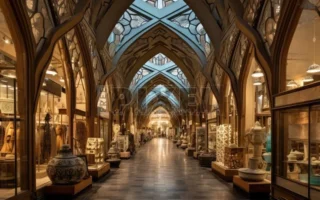Introduction: A Journey Through the Soul of African Architecture
African architecture, with its rich cultural heritage and diverse landscapes, embodies a tapestry of history, tradition, and innovation. From the iconic mud-brick dwellings of Mali to the contemporary skyscrapers of Johannesburg, the architectural landscape of Africa is as varied as the continent itself. Let’s embark on a journey to uncover the distinctive characteristics that define African architecture.
Diversity in Design: Embracing Cultural Plurality
1. Vernacular Architecture
Vernacular architecture forms the foundation of African building traditions, reflecting local customs, materials, and environmental conditions. From the adobe structures of North Africa to the thatched-roof huts of sub-Saharan Africa, vernacular architecture celebrates indigenous knowledge and craftsmanship.
2. Regional Variations
The vastness of Africa gives rise to diverse regional architectural styles, influenced by factors such as climate, geography, and cultural heritage. From the mud-brick architecture of the Sahel region to the coral stone buildings of the Swahili coast, each region boasts its own distinct architectural identity.
Harmony with Nature: Sustainable Design Principles
1. Climate Responsive Design
African architecture demonstrates a deep understanding of climatic conditions, with design solutions tailored to maximize natural ventilation, shading, and thermal comfort. From the courtyard houses of Morocco to the louvered facades of West Africa, architecture seamlessly integrates with the natural environment.
2. Use of Indigenous Materials
Local materials such as mud, stone, thatch, and bamboo play a central role in African architecture, offering sustainable and readily available building solutions. These materials not only reflect cultural traditions but also contribute to the resilience and longevity of structures.
Symbolism and Spirituality: Cultural Significance in Architecture
1. Ritualistic Architecture
Architecture in Africa often serves as a vessel for cultural rituals and ceremonies, embodying the spiritual beliefs and practices of indigenous communities. From the sacred groves of Nigeria to the rock-hewn churches of Ethiopia, architecture becomes a manifestation of divine connection and ancestral reverence.
2. Symbolic Motifs and Patterns
Intricate motifs, patterns, and symbols adorn the facades, textiles, and artifacts of African architecture, conveying narratives of identity, heritage, and spirituality. Whether it’s the geometric patterns of North African mosques or the symbolic carvings of West African shrines, architecture becomes a canvas for cultural expression.
Community and Collective Identity: Social Dynamics in Architecture
1. Communal Living Spaces
African architecture prioritizes communal living, with design features such as courtyards, verandas, and gathering spaces fostering social interaction and cohesion. From the compound houses of Ghana to the kraal settlements of South Africa, architecture fosters a sense of community and belonging.
2. Adaptive Urbanism
In urban contexts, African architecture demonstrates adaptability and resilience in the face of rapid urbanization and modernization. From informal settlements to contemporary urban developments, architecture evolves to meet the needs of diverse communities while preserving cultural identity and social ties.
Innovation and Modernity: Evolving Architectural Narratives
1. Contemporary Expressions
African architects are redefining the boundaries of architectural discourse, blending traditional wisdom with contemporary design principles to create innovative and sustainable built environments. From the eco-friendly earthbag structures of Burkina Faso to the cutting-edge skyscrapers of Nairobi, architecture reflects a dynamic fusion of tradition and modernity.
2. Technological Advancements
Advancements in technology and construction techniques are reshaping the architectural landscape of Africa, enabling architects to push the boundaries of design innovation and structural efficiency. From parametric modeling to sustainable building materials, technology serves as a catalyst for architectural progress and transformation.
Conclusion: Celebrating the Essence of African Architecture
African architecture is a testament to the continent’s rich cultural heritage, environmental stewardship, and creative ingenuity. From the ancient civilizations of Egypt to the bustling metropolises of Lagos, architecture serves as a tangible expression of identity, community, and aspiration. As we celebrate the diversity and dynamism of African architecture, let us embrace the spirit of innovation, sustainability, and cultural pride that defines this vibrant architectural tradition.This exploration seeks to illuminate the multifaceted characteristics of African architecture, celebrating its diversity, ingenuity, and cultural significance in shaping the built environment of the continent.




